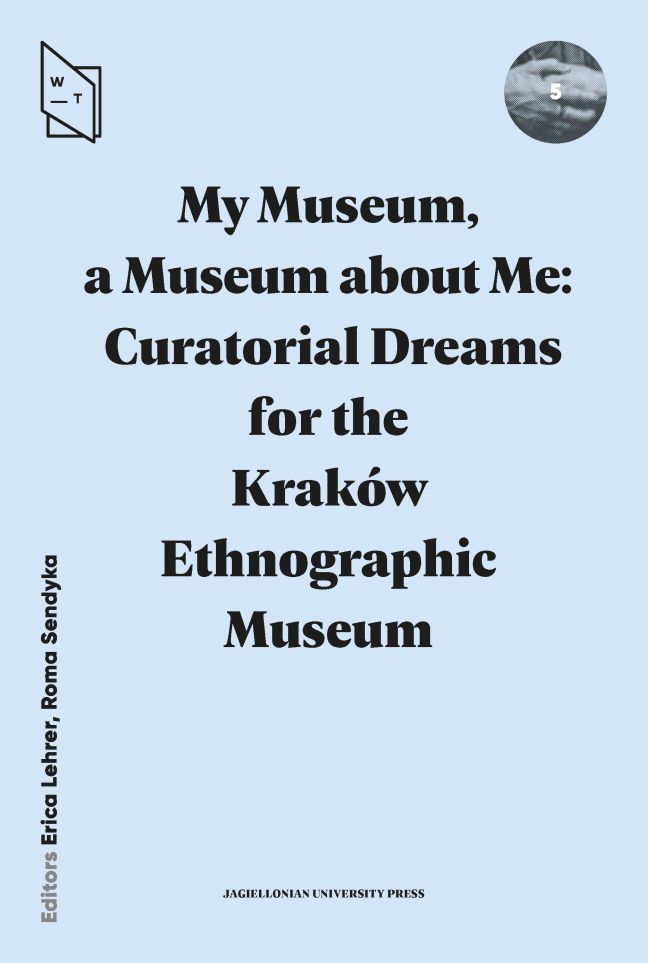Afterword: A Shared Space—What Next?
Published online by Cambridge University Press: 01 March 2024
Summary
1. CHANGES IN THE GALLERY
In the gallery on the first floor of the Kraków Ethnographic Museum (MEK), in the exhibit describing winter rituals, there are various objects used in holiday carolling. In Poland, carolling is practiced in cities and villages during the winter solstice, and involves groups of boys and young men, usually dressed in various costumes and carrying props, visiting local homes to bring success for the new year. A pre-Christian custom, it was later combined with Christmas and the nativity plays propagated by Franciscan monks. In the gallery there are photographs of carolling masks worn by people dressed in a costume representing a Jew. A demonic-looking figure, frequently situated in proximity to that of the devil, this “Jew” is present in carolling and carnival processions across Europe, in performances reaching back to the Middle Ages. The photographs at MEK are accompanied by my commentary:
[Who are you, mask?]
The masks of “Jews” and “Gypsies” in various carolling groups will not let me rest. I have been asked many times: why do we display such caricatures? What about the feelings of Roma and Jews visiting the museum, who, standing before them, may ask themselves: is this my museum, a museum about me? What are the origins of the Jewish character among the carollers? The time when pre-Christian carolling met the ceremonial theater of the church? From which direction did they enter the canon? Was it the Jewish rabbi carolling with King Herod, or the Jewish merchant accompanying the turoń? Are these traces of commedia dell’arte through the figure of the Venetian merchant Pantalon and his servants? Or perhaps the origin is entirely different? In any case, even today competitions for carolling groups perpetuate the caricatured presentations of the figures of the Jew and the Gypsy: in Żywiec, “Żywieckie Gody” has taken place every year since 1969, and in 2016 “Dziady Żywieckie” was added to the UNESCO List of Intangible Cultural Heritage (Polish Chapter). From the city's Zabłocie neighborhood comes a version called the “Jukace,” where bands of costumed youths roamed, their whips whistling. The ritual loses its innocence if we look at local conflicts. In 1918 the damages sustained by Jews at the hands of their Christian neighbours in villages around Żywiec amounted to 100,000 crowns.
- Type
- Chapter
- Information
- My Museum, a Museum about MeCuratorial Dreams for the Kraków Ethnographic Museum, pp. 187 - 192Publisher: Jagiellonian University PressPrint publication year: 2023



